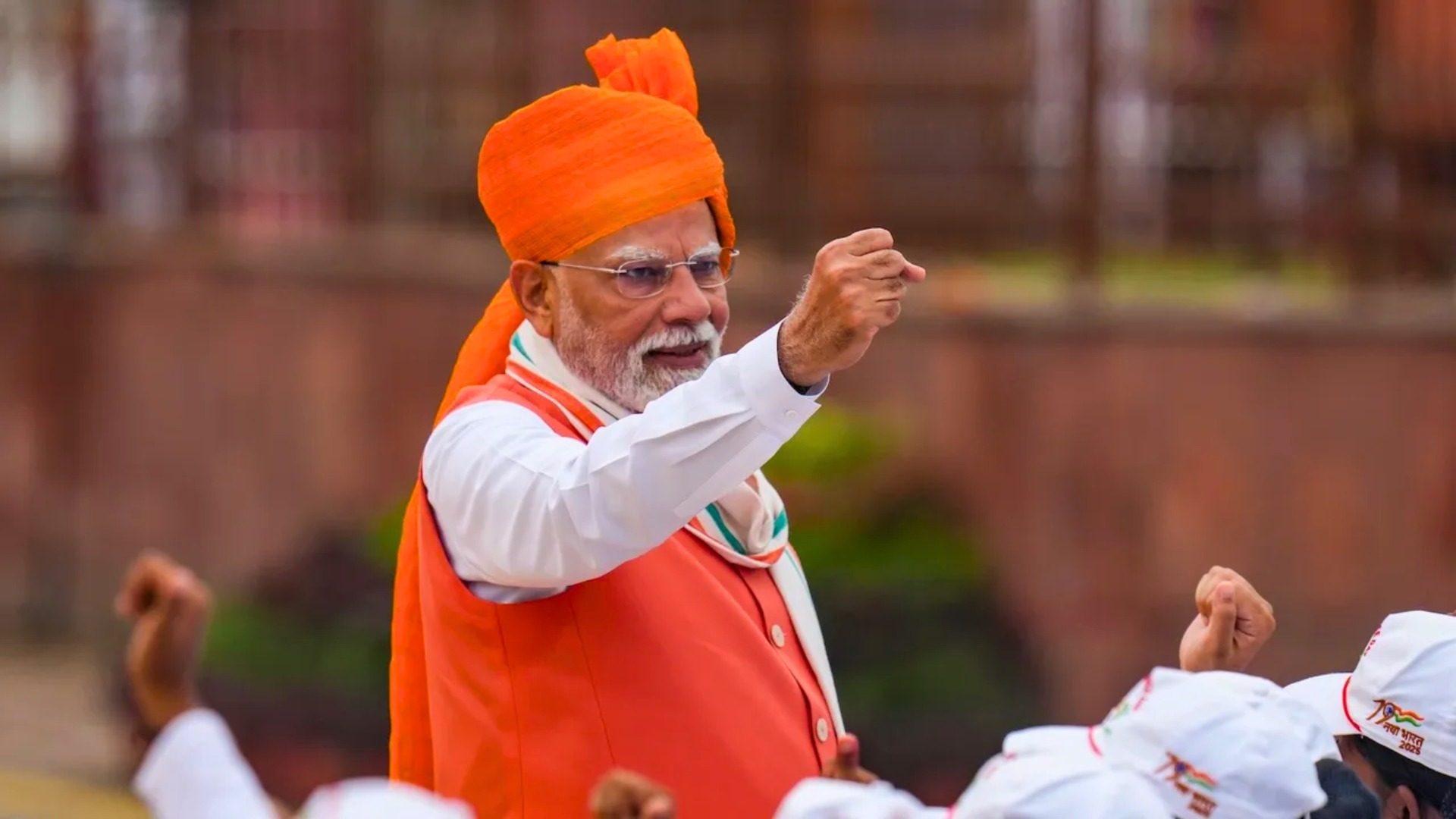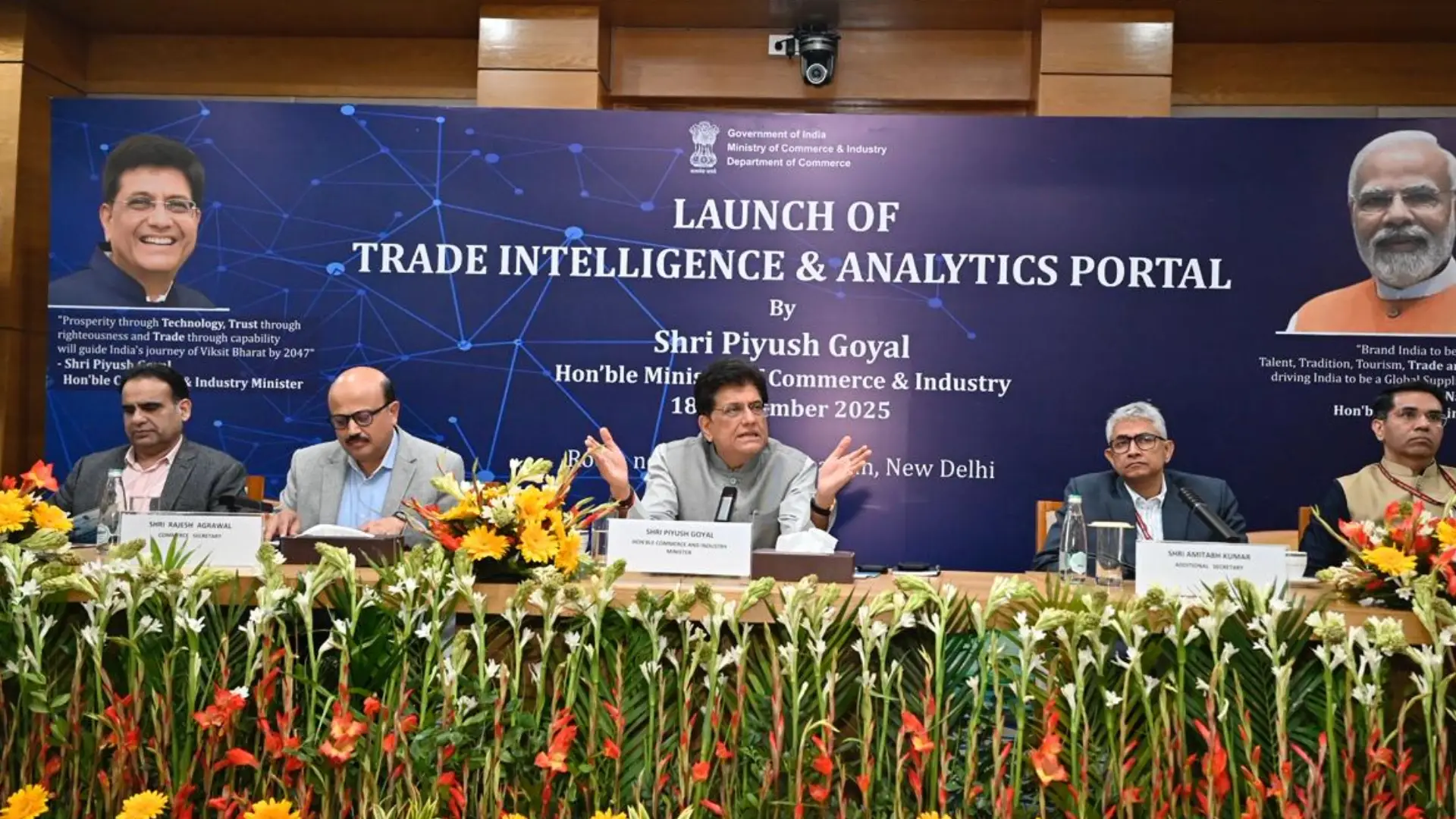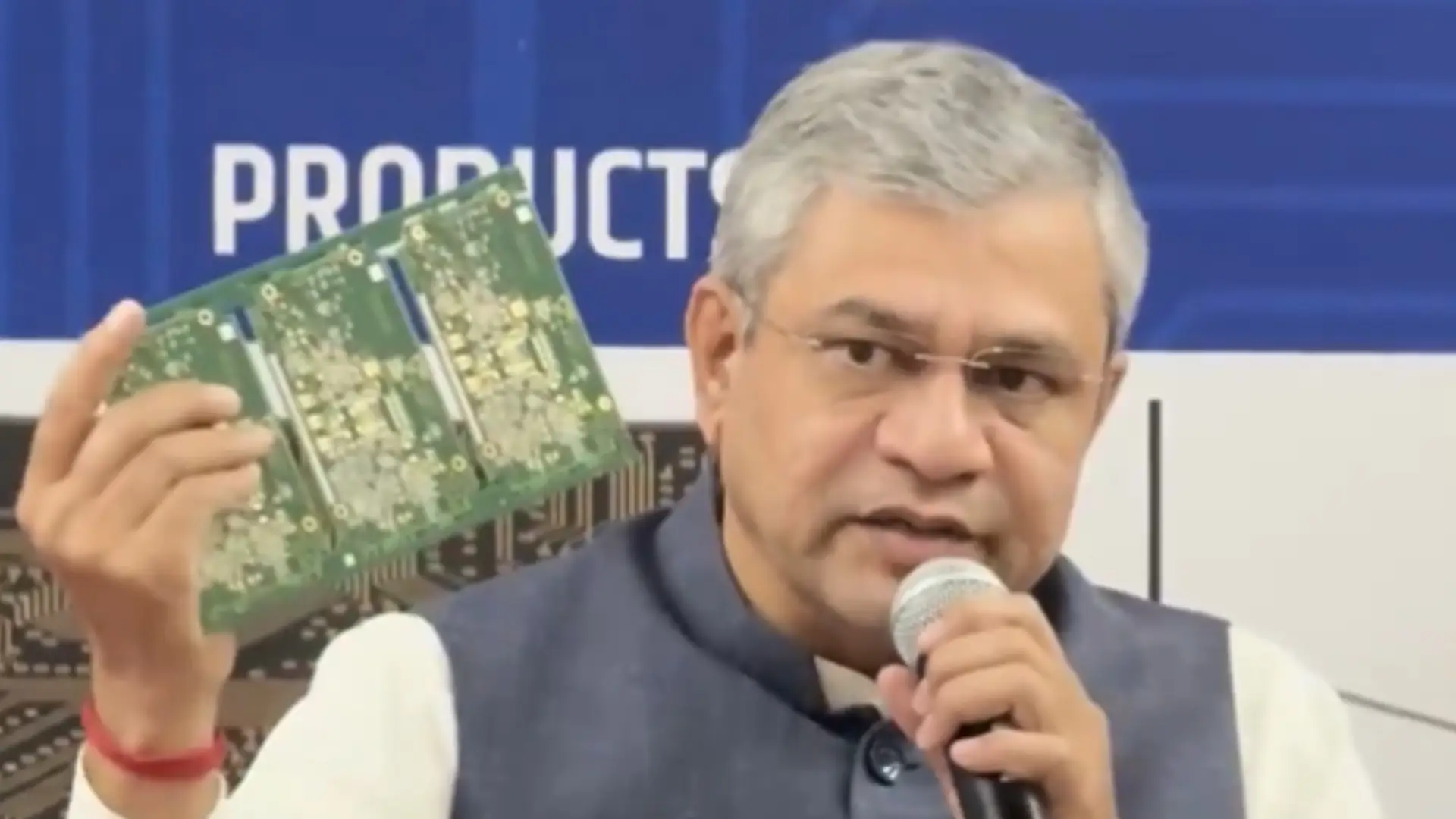Prime Minister Narendra Modi, speaking from the Red Fort, announced a “next-generation” GST overhaul slated for Diwali, heralding a “double Diwali” for Indian citizens. The initiative focuses on reducing taxes on everyday essentials, streamlining regulations, and easing compliance burdens for MSMEs. A dedicated review, incorporating state consultations, is complete, with the government indicating draft modifications are prepared.
The core concept translates to more affordable daily necessities, as the Centre aims to GST reforms with lower GST on commonly used goods, thereby enhancing consumer purchasing power. Reports suggest the reform intends to consolidate rates into two primary slabs 5% and 18% alongside a higher rate for specific items. Actual figures await GST Council approval.
MSMEs can anticipate reduced compliance demands and improved working capital, potentially bolstering margins and job creation. Industry associations have already voiced support for the outlined direction.
While the PM and PIB have confirmed the “next-generation” GST reforms by Diwali, the high-powered review committee, and the focus on alleviating tax burdens on essential goods and aiding MSMEs, certain proposals are still evolving. The widely reported two-slab structure (5% and 18%) and a special high rate (around 40%) for certain goods require formal notifications after GST Council approval.
Consumers may see price reductions on numerous everyday items if the 12% goods shift to 5%. The ultimate benefit hinges on retailers passing on tax cuts and maintaining smooth input credits. Expect potential price drop announcements from brands around the festive season, assuming timely Council clearances.
MSMEs should monitor rate certainty, as fewer slabs mitigate classification disagreements and invoice complexity. Furthermore, reduced output tax on essentials could improve working capital, provided input credit chains remain efficient. Government statements suggest simplified rules and fewer disputes, with specifics forthcoming in Council papers and circulars.
Macroeconomically, reduced rates on mass-consumption goods could increase real disposable incomes and festive spending. Maintaining a higher rate on specific items safeguards collections and equity. The Centre must monitor buoyancy and state revenue concerns, a sensitive political issue.
Opposition parties seek a discussion paper and safeguards for state revenues. Realistically, any reform will proceed through the GST Council. A Diwali rollout necessitates a Council meeting and draft rate notifications soon.
The message is clear: simpler GST, lower taxes on essentials, and streamlined compliance for small businesses, targeting a festive-season demand surge. The proposed structure seems likely, but the GST Council’s final vote and the speed of price reductions will determine the true impact.
Also Read:








